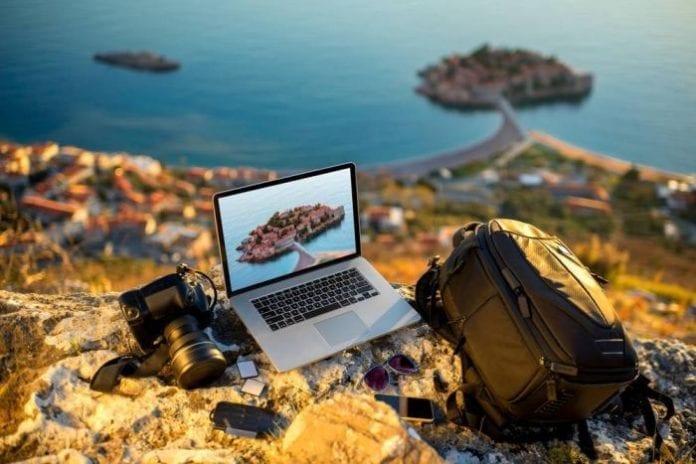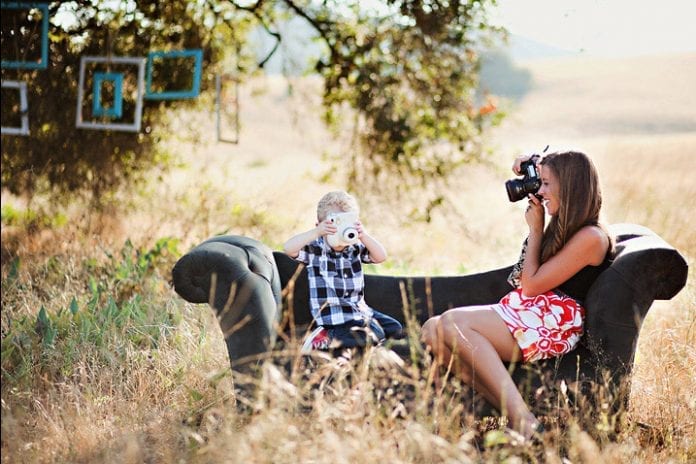Today, running a photo blog has become a leading lifestyle hype implemented by people from all backgrounds to earn an income. If correctly done, it’s believed that it can make it possible for you to travel around the world, cover your expenses, and earn a living.
Most times, bloggers tend to depict the entire “blogging phenomena” as an easy task. Those who have learned how to do it getth to showcase photos on platforms such as Instagram or even loan out their photo skills to interested clients via Perfocal.
But did you know that there’s more to operating a photo blog than merely taking a few pictures and including a few descriptive words? The key to running a successful photography blog lies in understanding what blogging truly entails.
Below are a few tips to enable you to get started on your journey to becoming a great photo blogger:
1. Determine the Reasons Why You Want to Start a Blog

Establish the force driving you towards starting a photography blog. There’s a need to make sure that you don’t take the whole blogging issue too seriously when starting. Some of the top reasons for blogging revolves around the fact that they’re fun.
If possible, consider treating it as a playground of your own. It’s where you get to make random musings, share links, post photos, and connect with the world at large. As you are starting, you can post pictures of random things before choosing a niche to specialize in moving forward.
2. Understand that Passion is Key to Your Success

Your passion for what you are doing will keep you blogging on those days when you come home tired after a long day at work. Being passionate about the blogging process is instrumental in simplifying blogging.
It’s not uncommon for bloggers to start with many blogs before one of them finally becomes successful. Being passionate about a particular subject, culture, or type of art will keep you going even when the site doesn’t have many daily visitors.
Passion aside, try to establish your other leading motivations. For instance, apart from getting likes and followers, what else do you want your audience to learn from the photos? Are you hoping to provide insight to travelers visiting certain areas, or are you showcasing artwork?
3. Continue to Post New Content Regularly

At this juncture, you should realize that not all blogs that are updated frequently become a hit. On the flip side, every successful blogger that has attracted a considerable following regularly makes updates to their blogs.
Some photographers will begin by making daily updates, before moving to weekly ones, and finally opting to make the occasional update. Such photobloggers often end up becoming a statistic seeking to explain why blogs aren’t becoming successful.
Thankfully, bloggers can combat this problem by ensuring they don’t just post pictures whenever they want. Ideally, you need to upload photos to the blog following a predictable or regular schedule.
Having a regular schedule will provide the audience with an idea of when to expect new photos. Furthermore, as a blogger, the program will also impart some accountability, ensuring the camera is always in your hands and not locked away in a drawer.
4. Know Where to Start the Blog

Many websites in use today run on WordPress. There exist many advantages and differences between WordPress and other renowned platforms. However, one of the many things that set it apart is that it facilitates plugins.
For those not in the know, a plugin is an addition you can download online and use in customizing the site. Like any other platform, there is a learning curve to using WordPress, and depending on how you set it up, you may have to learn a bit of coding.
Considering that not every person has the technical skills needed to optimize and customize a photography blog, you may want to consider using existing blogging platforms. Alternatives to setting up a WordPress site include using Photoblog.com.
5. The Reason Behind WordPress’s Success
When content management systems began to gain mainstream popularity, the world witnessed varied types of blogging systems. Although only the tech-savvy were adopting these systems, many still found it a bit rough.
Simplicity was one of the factors that were missing in all these systems. And this is what led to the introduction of WordPress. The main reason why many bloggers love using this CMS is that it’s easy to set up and configure.
The last few years have seen several upgrades being made to this platform that has helped to simplify the blogging experience. Understanding how to publish and manage content on the platform is instrumental to your photoblog becoming successful.
6. Use the Blog to Do What You Like

It doesn’t matter the situation you find yourself in, and the reality is that you have tons of potential and opportunities to do anything you like. For instance, if you have always wanted to travel the world as you take pictures, ask yourself, “just how badly do I want to do this?”
As you travel, you will soon come to realize that you don’t necessarily need to quit your day job for you to achieve your dreams. Taking the occasional two-week trip abroad can also help you change your outlook towards life and provide you with a great photo-taking opportunity.
Most people approach the concept of traveling as a way for them to escape the misery in their lives. In such cases, traveling here is not the goal. Learning to do what you want with your blog will make it easier to approach travel and provide the audience with content they will like.
Conclusion
It doesn’t matter whether you are a professional photographer or a part-time photo blogger, as running a blog is an excellent idea. In this day and age, clients are likely to shift to other photographers if they find out that you lack a good online presence.
There is no better way to shore up your presence online than by running a blog. It gives your potential clients and your audience a chance to see your style and personally connect with your photography.









